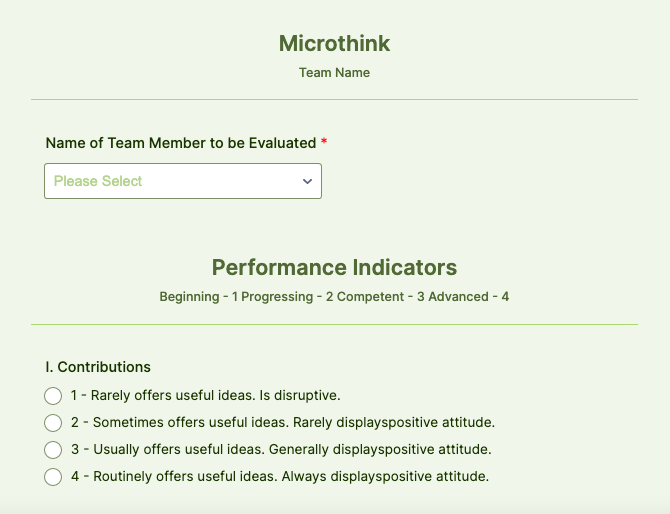Managing a team is never an easy task.
You can curse out your ex-manager for being this and that but truth be told, it’s a challenge. And now that you’re in a managerial position, are you in a dilemma?
How on earth do you ensure that your team members are contributing equally? Well, we will be delving deeper into this topic in this post. So buckle up, and let’s roll.
Invest in team building
Depending on companies, some management groups think that team building is necessary at least once a year.
For me, I guess you set your own rules—once every quarter isn’t that bad. If it’s too much, then go for once every 4 to 6 months.
Team building is a good investment if you want a cohesive team. Duh. How can anyone work together in harmony if they don’t know each other well, don’t have common topics to talk about, or don’t see eye to eye?
Have clear sub-goals
Anyone who has walked into a project managed by a manager who does not know how to create clear objectives knows how it feels.
GG.
No, not good game, but good grief.
If you want every member of your team to get a slice of the pie, then make sure you map out your overall objective(s) and concrete sub-tasks.
For example, if you’re a team working on launching the latest summer collection of a fashion brand, then make sure every headcount involved in the project knows what they are doing. From the most senior executive to the newest intern, everyone should have a defined (quality, not quantity) task to work on.
And yes, keep those deadlines in check too.
Create an evaluation system

Image Credits: jotform.com
I’m not going to lie, I’m not a huge fan of evaluations. Why? Because it keeps me on my toes.
Knowing that I’m being “watched” not just by my boss but also by my colleagues leads me to pull my weight a little more.
So if you’re a manager who wants to play around with some psychological motivational forces, focus your attention on these:
- Step 1: Peer reviews
To ensure that peer reviews work and not harm, it has to be done right.
I suggest making peer reviews anonymous. Whatever means you use to evaluate—the old-school way of paper forms or online ones—the only person that should be able to view those feedback would be you, the manager.
There’s no need to, as the Chinese saying goes, 挑拨离间 (sow discord).
- Step 2: Analyze feedback
Once you’ve gathered fellow responses from your team, it’s time to analyze them.
Anonymous peer feedback is the best feedback if a certain point raised is rather consistent across teammates.
For instance, you may get comments such as:
“Meixin is quite slow in the work assigned to her. She doesn’t keep to deadlines.”
If just one person raises this point, then maybe it wouldn’t be that credible. But if you have a team of 10 and more than half has somehow or rather given such feedback, it shows something.
But I understand no one has the time to do such detailed feedback like that all the time. Maybe twice a year or once at the end of the year may work. Or you can consider using automated tools to track project progression and workflow completion ratios. This is wiser for managers who have to take care of >1 team.
In a nutshell, we have raised 3 main strategies in this article to ensure that everyone’s pulling their weight in the company. As a manager, the responsibility is on you to build a team that can work together. While you can’t guarantee everyone will like each other, teamwork can be built based on respect and regular conversations. And don’t forget to always pen down clear tasks for your teammates to work on. Lastly, have an evaluation system in place so there’s a proper outlet for peer reviews that can help you gauge the strengths and weaknesses of each team member.




